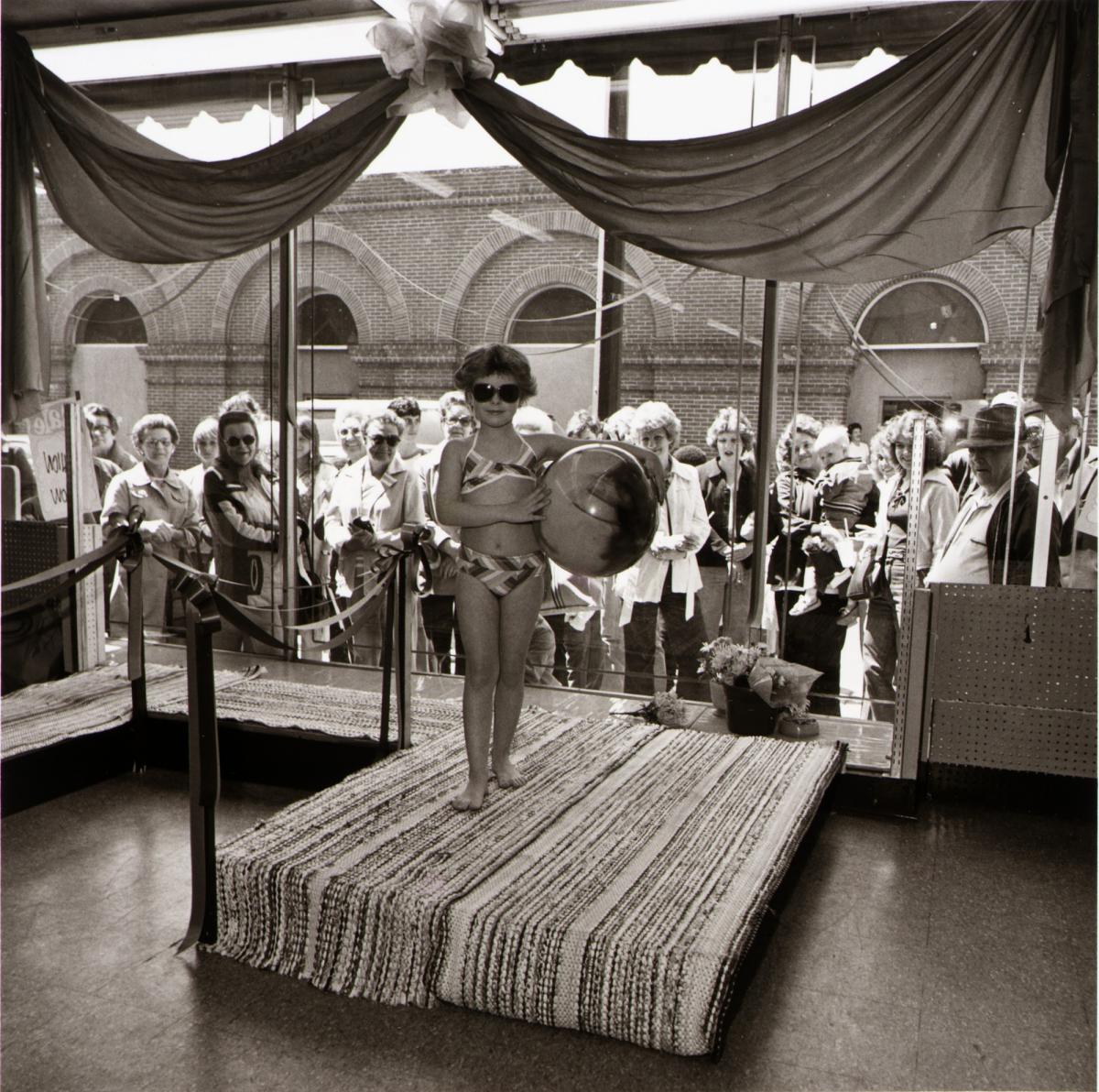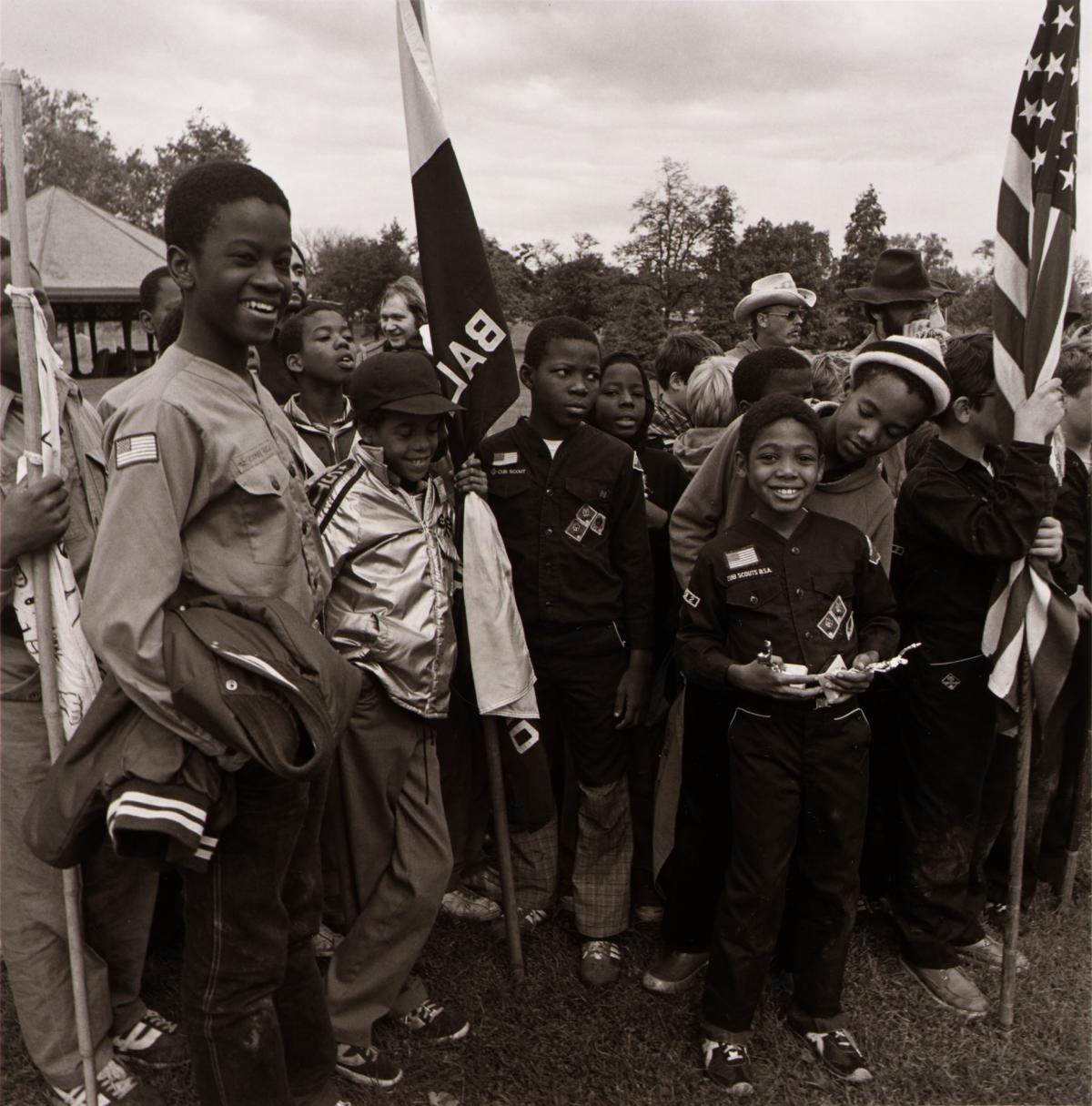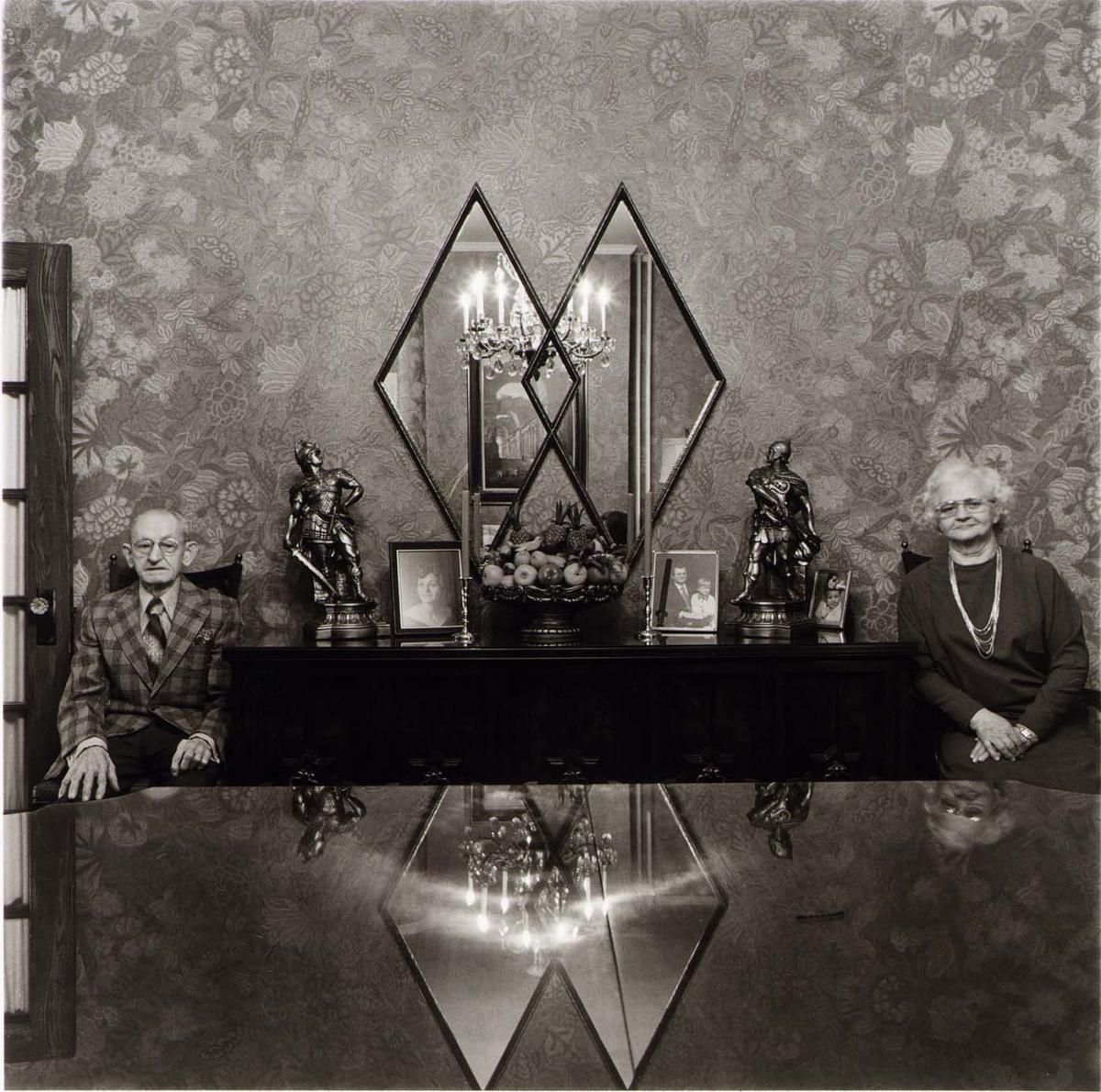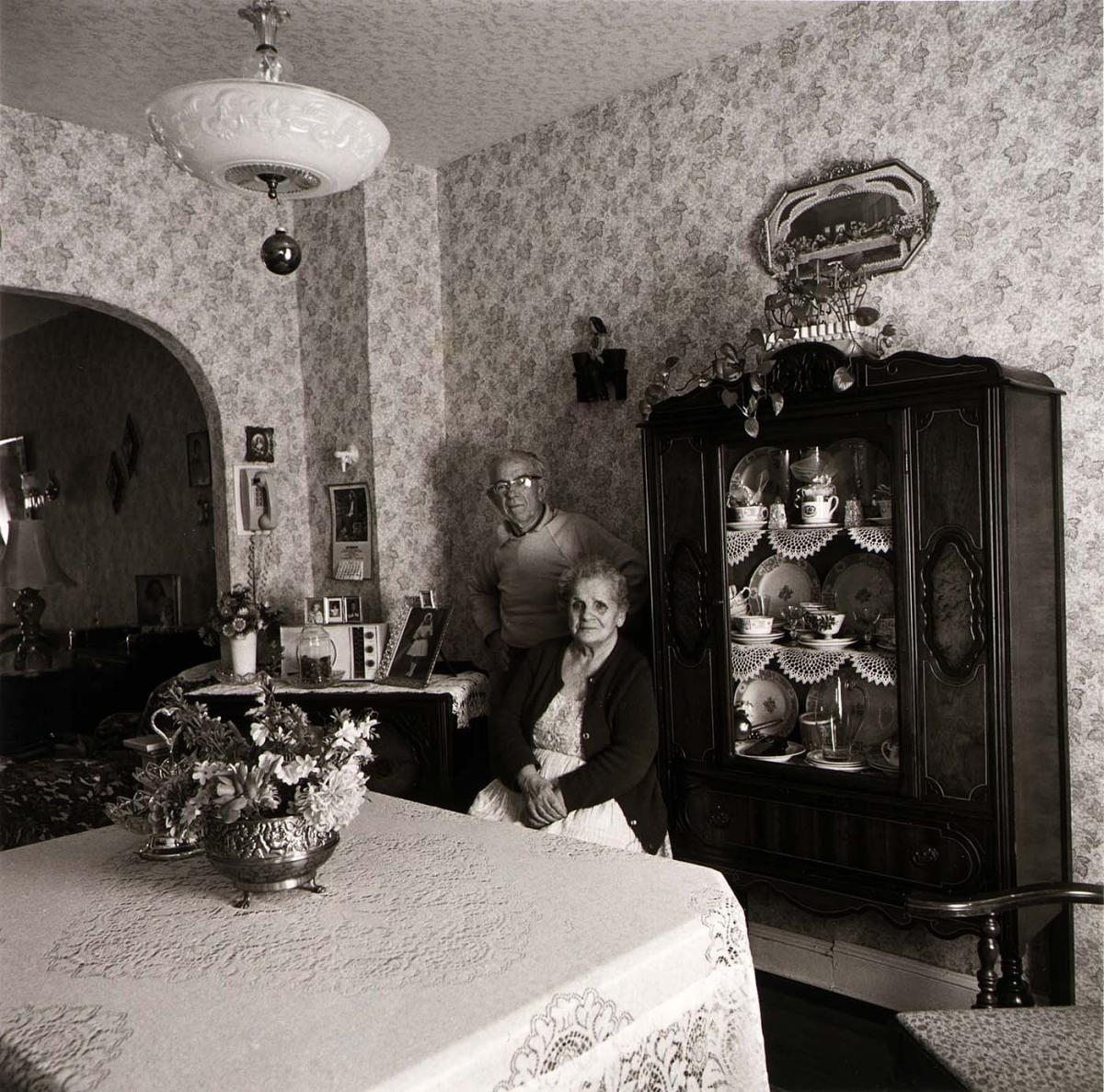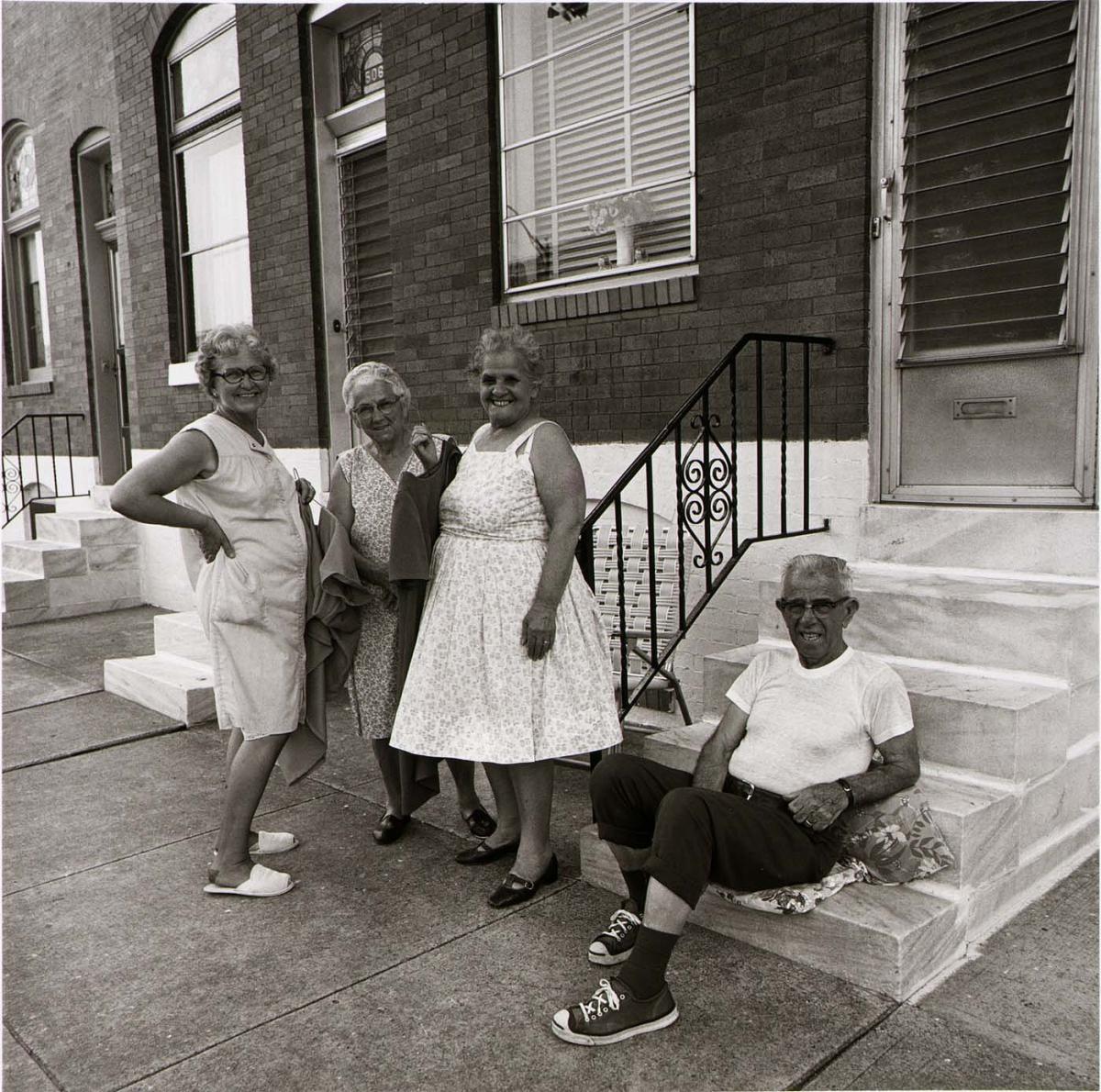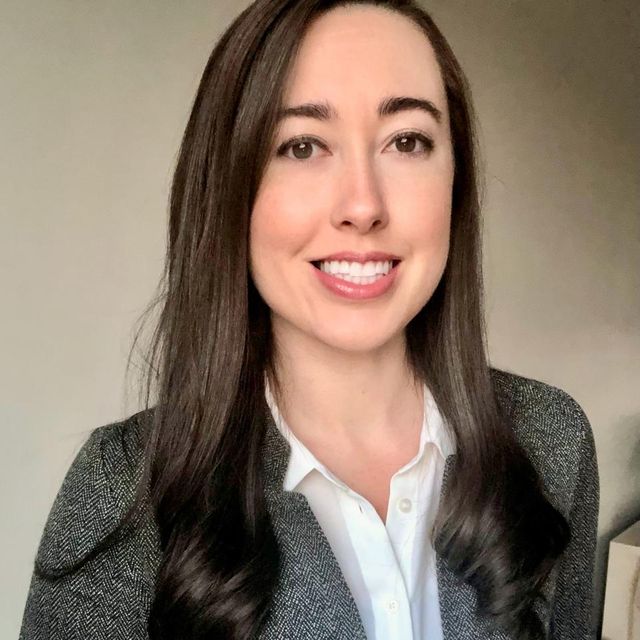
Born and raised in Baltimore, Elinor B. Cahn (1925–2020) was a documentary photographer known for her intimate portraits and depictions of daily life in East Baltimore in the mid-1970s and early 80s. In 1978, Cahn and two fellow Baltimorean photographers, Joan C. Netherwood and Linda G. Rich, received a grant from the National Endowment for the Arts to support their work photographing the residents and neighborhoods of East Baltimore. A selection of those photographs were part of the exhibition Welcome Home: A Portrait of East Baltimore, 1975-1980.
Cahn had a keen eye for detail and often used her quick wit and humor to put her subjects at ease. Her interest in photography was inspired partly by her father, Ralph Bonwit, who was an avid amateur photographer and member of the celebrated Pittsburgh Salon of Photography in the 1930s.
In her late 40s, Cahn earned a degree in photography at the Maryland Institute College of Art (MICA) in Baltimore. It was at MICA that she met fellow student Joan Netherwood, while enrolled in a course on social documentary photography taught by Linda Rich. Recognizing their shared desire to photograph the changes and challenges that faced many residents of East Baltimore, the three women came together to apply for a NEA grant to fund their project. The result of that work was a survey of over 200 prints, now held in SAAM’s collection, as well as a traveling exhibition and catalogue, Neighborhood: A State of Mind, published in 1981.
The three photographers continued to work on the project for years, becoming close friends and supporters of each other’s careers. The following is a poem written by Cahn for Netherwood after her photograph, Mr. and Mrs. Peter Frenchy in their Patterson Park Avenue Dining Room, won first place at the 1978 Maryland Biennial Exhibition, shown at the Baltimore Museum of Art.
To our Joan – she is our ace!Her Frenchy photo won first place.
The symmetry caught the judge’s eye
The diamond mirror she did spy,
Reflected image and on the wall –
a stunning shot, and we recall
Our own and splendid entered prints,
which we had hoped would earn us mints
of money – no such luck,
we didn’t win a single buck.
Netherwood we envy you
and the hundred dollar first prize too.
But in the usual tradition,
We acknowledge your transition
From a champ to super star,
Recognized both near and far.
What can we do in this situation?
But offer our Congratulations.
In the same competition, Cahn entered her photograph of Mr. and Mrs. Lawrence Ciofani, an Italian American couple who had lived in their Luzerne Avenue home in East Baltimore for forty-three years.
Pictured in their dining room, the couple are almost hidden in the background, squeezed between their china cabinet and a side table topped with a neat arrangement of flowers, family pictures, candy dishes, and an old radio. Amusingly out of place, a single Christmas ball dangles from the glass ceiling light above the pristine, lace-covered dining table. Eagle-eyed viewers might even notice a framed portrait of a young girl dressed in white for the occasion of her first communion. Likely a picture of Francis Ciofani as a child or one of their three daughters, the first communion ceremony was a cherished tradition for Catholic families, many of whom resided in the East Baltimore neighborhoods surrounding Patterson Park. Netherwood depicted one of these treasured portrait sessions in her photograph, Melissa Massaroni after her first communion at Our Lady of Pompei Church in Highlandtown.
In another photograph of the Ciofanis, Fashion discussion, Luzerne Avenue neighbors, Elinor captured a much different portrait of the couple, shown outside their home, relaxed and laughing with friends while gathered around the city’s iconic white marble steps. Dressed in a white summer frock, Francis Ciofani stands at the center of the group holding a dress on a hanger, obviously enjoying the topic of that day’s discussion–clothes. Viewed together the two photographs reveal both the interior and exterior lives of one of East Baltimore’s longtime residents.
Sidewalk fashion was a theme that Cahn returned to in her portrait of Baltimore actress and singer Edith Massey depicted in front of her thrift store, Edith’s Shopping Bag, then located on the bustling street of South Broadway in Fells Point. Starring in several of John Waters popular films, Edith was a local celebrity recognized for her eccentric and colorful style, as well as personality. In this photograph, you can see a rack of high-heeled shoes and a feathered jacket are just a few of the treasures displayed outside of Edith’s store.
Cahn and her fellow photographers were welcomed into the lives and living rooms of East Baltimore residents and in doing so made lasting bonds and friendships with the people they photographed. From storefronts and sidewalks to private family spaces, they created an enduring portrait of a changing community.














